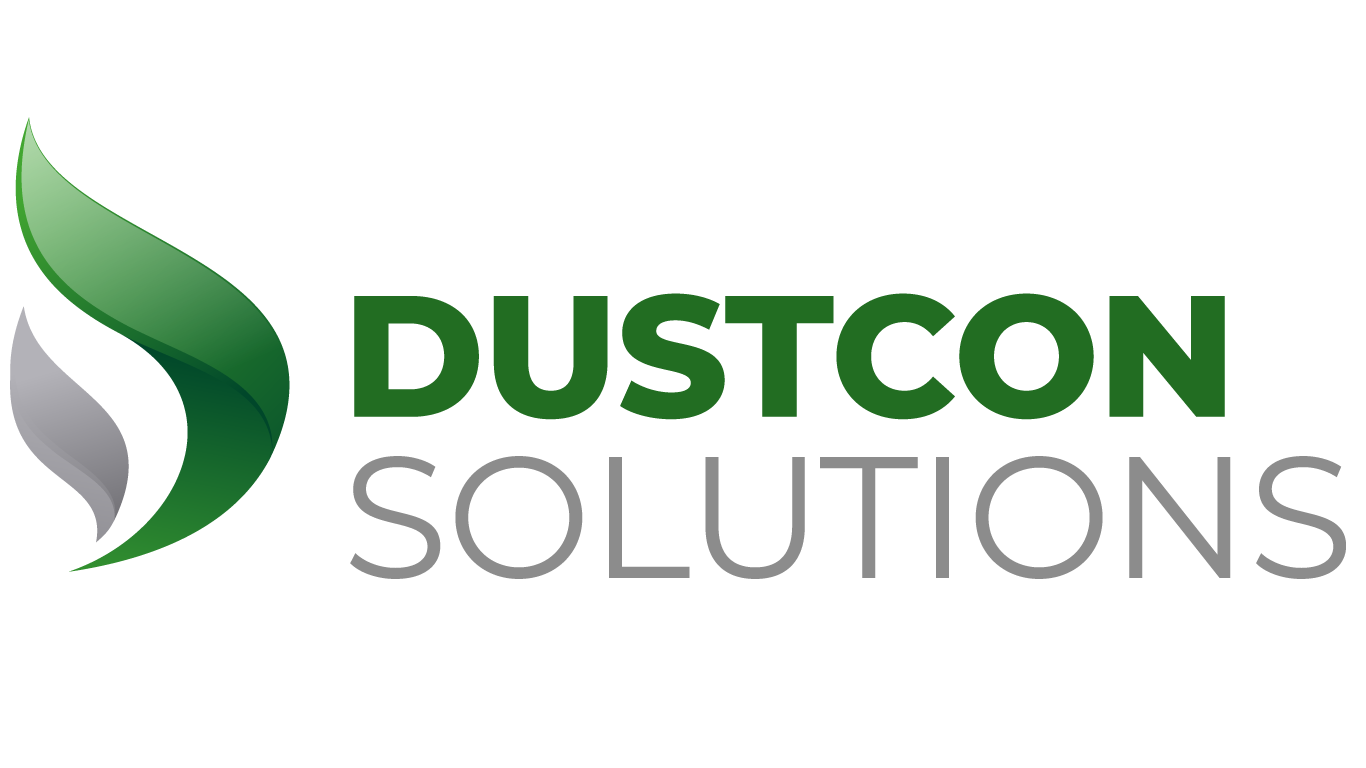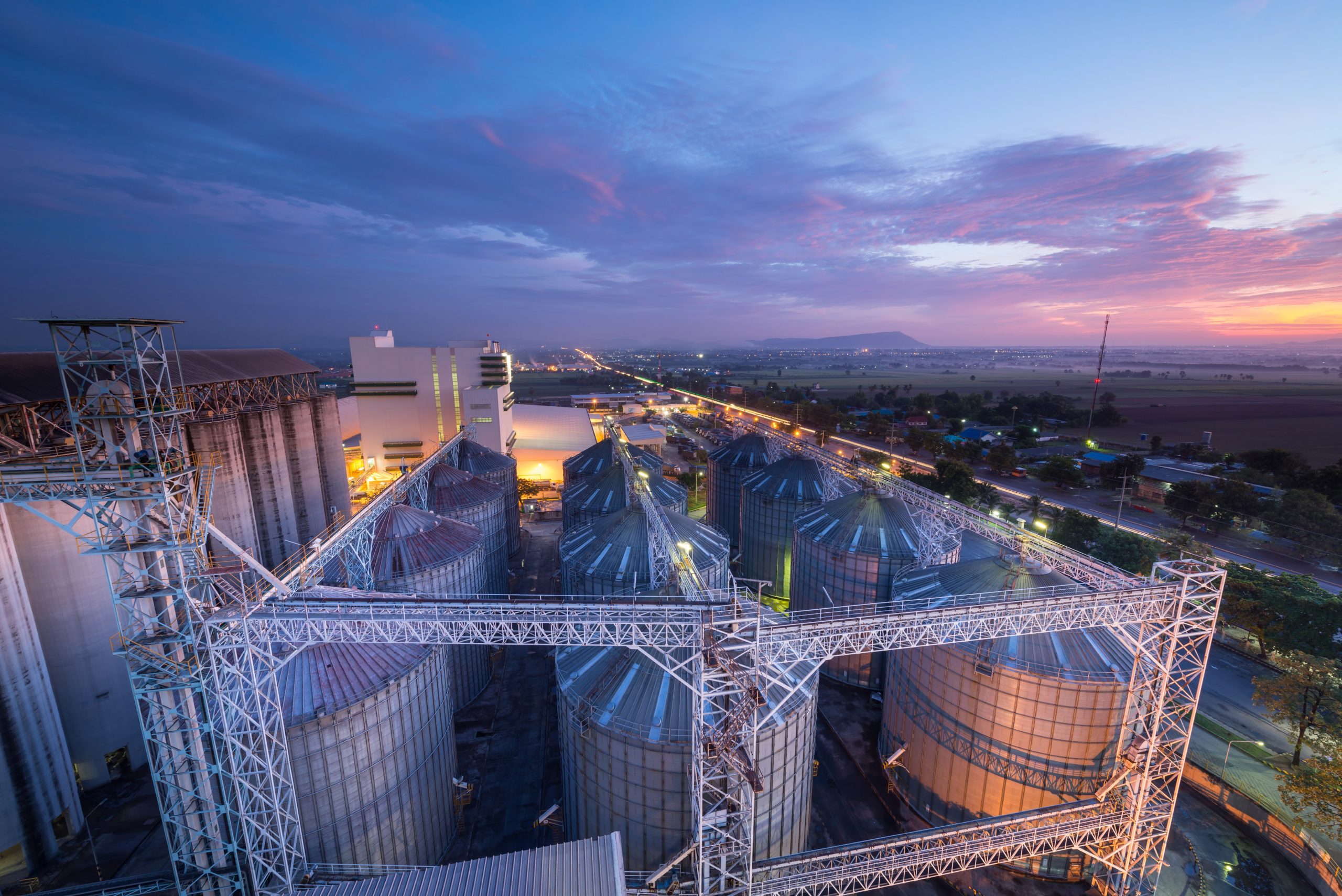Remote Dust Hazard Analysis (DHA)
The key to a successful desktop Dust Hazard Analysis (DHA) is preparation. If the consultant cannot visit the site, then all the information required needs to be assembled in advance. If it is not all available, then access to the people that know the details is very important.
The first thing to do is to assemble lists of powders that are handled and processed on-site. Some idea of quantities used is also important. Dust Hazard Analysis (DHAs) are, of course, all about combustible powders/solids and their associated dusts so it is important to establish which of the powders listed are classed as combustible/explosible. Published data is often available on combustibility/explosibility, but where you have no data, it is always worth asking your Dustcon Solutions consultant to search for this for you. We have access to some databases of combustible/explosible dusts.
In addition to checking combustibility/explosibility (Go/No-go), data on sensitivity to ignition and explosion severity is sometimes needed. A whole suite of dust explosion tests is available from Dustcon Solutions, but again it is worth discussing with your consultant exactly which tests you would need and why. A ‘one size fits all’ list of tests can be expensive and is often unnecessary.
In parallel to collecting explosibility data, it is essential to assemble a set of documents relating to the plant and its operation to send to your Dust Hazard Analysis (DHA) consultant. These documents will include things like Process Flow Diagrams (PFDs), Piping and Instrumentation Diagrams (P&IDs), General Arrangement Drawings (GAs), Building Plans, and other documents such as previous hazards studies. Photographs of the facility will also be of great help to your Dust Hazard Analysis (DHA) consultant.
The Dust Hazard Analysis (DHA) consultant will need access to facility staff with knowledge, understanding, and operational experience of the processes to be assessed. Such people will include safety personnel, plant engineers, and knowledgeable plant operators.
Much of the assessment will be conducted by the consultant at their desk but we prefer to use video conferencing with the selected facility personnel/groups of personnel, as the project progresses.
The rest of the Dust Hazard Analysis (DHA) project will follow our usual Dust Hazard Analysis (DHA) processes, with hazard identification and analysis, addressing such questions as ‘Is there, or might there be, enough dust to produce an explosible atmosphere?’: ‘Is there, or might there be, any means to disperse dust in a cloud?’: ‘Is there, or might there be any energetic ignition source?’: And ‘how does the material behave in different storage and processing environments?’.
Preparation of preliminary analysis, findings and provisional recommendations will follow – which will be discussed with management. Recommendations will always be tested through discussion to ensure they are realistic and practicable to implement.
Finally, we would like to visit the facility when it becomes possible. Even with the best expertise and the best will in the world, we see visiting a facility in operation as essential. A subsequent visit will allow an on-the-ground check of the identified hazards, an opportunity to spot peripheral hazards that may not be directly related to the processes studied for the Dust Hazard Analysis (DHA), and the finalization of the recommendations and the report.




